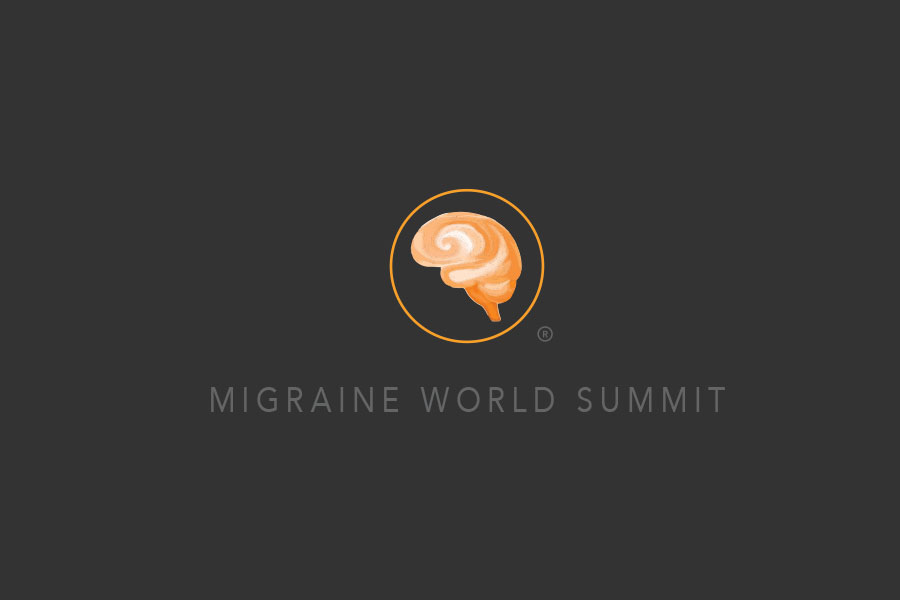Carl Cincinnato
If you are a bit curious about how Botox will work with the new treatment options, or a bit skeptical about using Botox at all, you’ll get your questions answered in this treatment spotlight.
Some people think of Botox as a beauty treatment, while others see it as a hurdle on the path to new CGRP or device therapies. In this interview, we will ask your most challenging questions. We don’t hold back on the tough questions posed to the seasoned practitioner, trainer and headache specialist, Dr. Andrew Blumenfeld. Dr. Blumenfeld is the director of the Headache Center of Southern California. He’s been a principal research investigator on many research studies, and also trains other physicians in the application of injectables.
How was it discovered that Botox was a relevant applicable treatment for chronic migraine?
Dr. Blumenfeld: “The discovery was serendipitous. This is a treatment that was being used cosmetically in the early ’90s, and specifically in Beverly Hills, by a physician by the name of William Binder. And he was injecting patients cosmetically across the forehead and around the eyes, and he had patients that were predominantly females in their 40s, which is the peak age for chronic migraine. And he noticed that their migraine condition got better when he injected them. So he was the first to publish on the use of Botox and migraine. So a very astute observation; he didn’t ignore the fact that the patients came back and told him something that was not expected.”
Is it true that many people who are using Botox for chronic migraine are also getting cosmetic benefits?
Dr. Blumenfeld: “That isn’t actually accurate. When you look at the injection sites that we do for chronic migraine, there are 31 dedicated sites, and these 31 sites are around the pain fibers. So we put the medication into the muscle, but it’s not that there is overactive muscle causing the headache; the headache comes from the brain, and the pain fibers are what drive the headache profile. By blocking those pain fibers, we can help to switch off the headache. So these sites are all sensory nerve endings sites, and they’re not necessarily cosmetic sites.”
Is Botox a dangerous substance that is being injected into the body?
Dr. Blumenfeld: “If you took massive doses it would certainly be dangerous. And if you injected it in the incorrect locations, it has the potential for being dangerous. But in the headache sites, there have been no ill effects that have been of a fatal type. There are side effects that you can get where you get local muscle relaxation. So you might have the difficulty in elevating your eyebrows, or you might have some discomfort in the neck muscles. But most of the side effects are very transient and are related to deep muscle injections, which actually is an incorrect technique. So with good technique, you can minimize a lot of the side effects.”
Botox can have some unwanted side effects, such as headache, droopy eyelids, neck stiffness, and muscle spasm. How common are these?
Dr. Blumenfeld: “It depends on the technique of the injector. The more expert your injector, the less common that’s going to be. We published, over the course of this year, a manuscript in The Headache Journal on how to have improved technique to limit side effects. So there is a technique to limit the droopy eyebrow, the droopy eyelids; that can all be limited to a very low number. And so you should be seeing that … in way less than 3% of the patients. And when it does happen, it’s a very temporary and transient effect. In terms of the neck pain in the clinical trials, we saw that in about 9% of the patients. But using the technique that we’ve developed to minimize side effects with a much more superficial injection approach, the number of patients getting neck pain has dropped to 4% in a controlled trial. So I think that, again, finding a good injector is crucial to achieving your efficacy and limiting your side effects.”
Watch the full interview to find out:
How strong is the evidence supporting Botox?
How much does Botox cost?
How common are unwanted side effects of Botox?
Should I be concerned about the possibility of “frozen forehead?”
Is Botox treatment painful?
If I’m scheduled for a Botox treatment and I am having a severe migraine attack, should I still receive a treatment or wait until after my attack has passed?
If you begin showing improvement after receiving Botox, how long should you continue receiving additional treatments?
If I don’t see positive effects after the initial round of Botox, should I discontinue use?
Can Botox lead to depression or anxiety?
How do you know if your doctor is properly trained in giving Botox injections?
Watch Dr. Andrew Blumenfeld’s interview preview here or order it as part of the Migraine World Summit package from this page.
If you previously purchased the 2019 Migraine World Summit, you are all set to login to watch the full interview.
Posted in: Migraine Education





